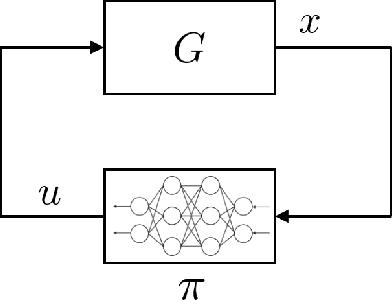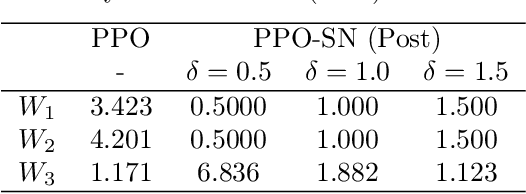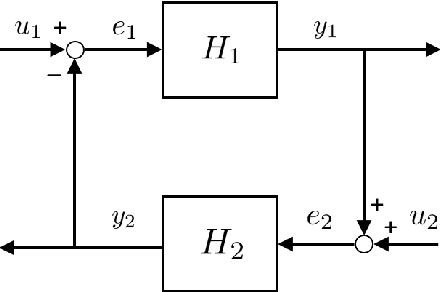Ryoichi Takase
GFlowNet Fine-tuning for Diverse Correct Solutions in Mathematical Reasoning Tasks
Oct 26, 2024


Abstract:Mathematical reasoning problems are among the most challenging, as they typically require an understanding of fundamental laws to solve. The laws are universal, but the derivation of the final answer changes depending on how a problem is approached. When training large language models (LLMs), learning the capability of generating such multiple solutions is essential to accelerate their use in mathematical education. To this end, we train LLMs using generative flow network (GFlowNet). Different from reward-maximizing reinforcement learning (RL), GFlowNet fine-tuning seeks to find diverse solutions by training the LLM whose distribution is proportional to a reward function. In numerical experiments, we evaluate GFlowNet fine-tuning and reward-maximizing RL in terms of accuracy and diversity. The results show that GFlowNet fine-tuning derives correct final answers from diverse intermediate reasoning steps, indicating the improvement of the capability of alternative solution generation.
Stability-Certified Reinforcement Learning via Spectral Normalization
Dec 26, 2020



Abstract:In this article, two types of methods from different perspectives based on spectral normalization are described for ensuring the stability of the system controlled by a neural network. The first one is that the L2 gain of the feedback system is bounded less than 1 to satisfy the stability condition derived from the small-gain theorem. While explicitly including the stability condition, the first method may provide an insufficient performance on the neural network controller due to its strict stability condition. To overcome this difficulty, the second one is proposed, which improves the performance while ensuring the local stability with a larger region of attraction. In the second method, the stability is ensured by solving linear matrix inequalities after training the neural network controller. The spectral normalization proposed in this article improves the feasibility of the a-posteriori stability test by constructing tighter local sectors. The numerical experiments show that the second method provides enough performance compared with the first one while ensuring enough stability compared with the existing reinforcement learning algorithms.
 Add to Chrome
Add to Chrome Add to Firefox
Add to Firefox Add to Edge
Add to Edge